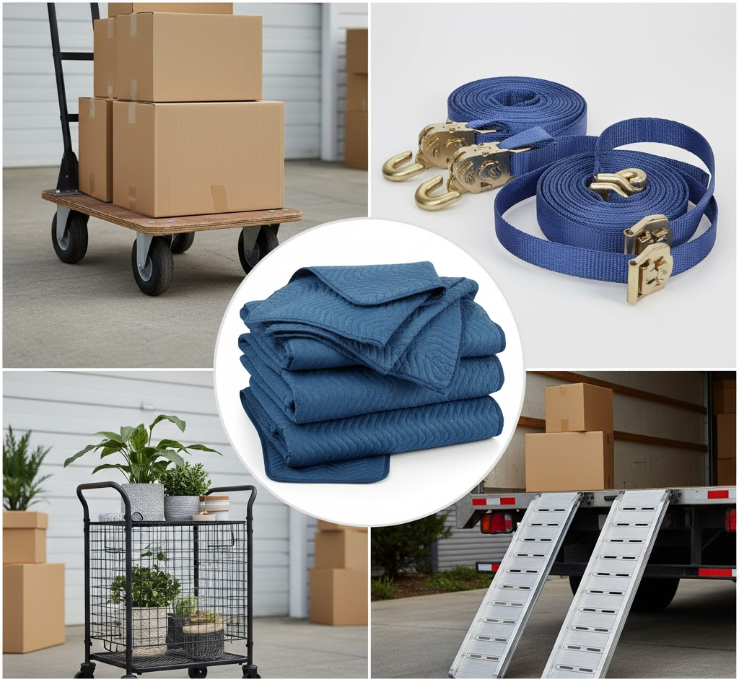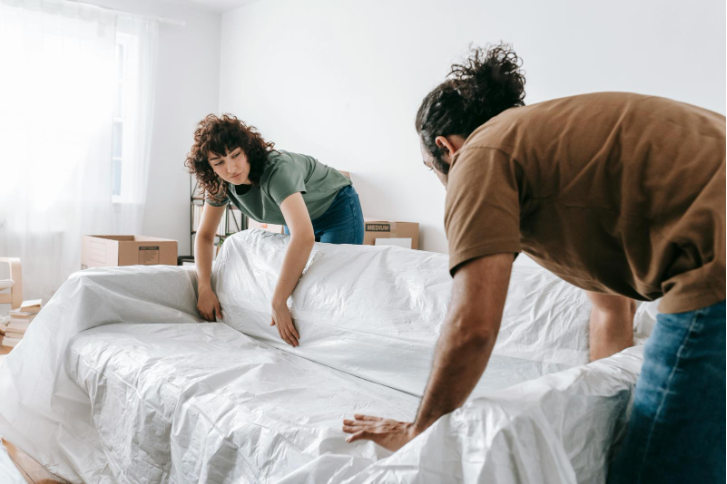Moving home in Australia comes with one big question that almost every family asks: Is it cheaper to hire a moving company or do it yourself?
On paper, a DIY move looks simple. Book a truck, call a few friends and get it done.
But once you factor in the real numbers – time, labour, equipment, fuel, risks and hidden costs – the picture becomes very different.
If you are moving interstate or even across the city, comparing the true cost breakdown is the smartest way to decide. Many Australians even consult local removalists Brisbane to understand whether their move is complex enough to justify professional support.
This blog breaks down every major cost, the psychology behind choosing each option, and which path saves you more money in the long run.
Moving is emotional.
Most homeowners believe that doing it themselves will save money, because they avoid paying labour charges. But what people often underestimate is the total cost of moving, not just the visible expenses.
Hidden costs are the biggest factor that push DIY moves beyond the expected budget.
Meanwhile, professional movers give you a fixed structure, predictable pricing and a clear scope of work.
When you calculate the cost per hour, energy spent, physical stress and risk of damage, the comparison suddenly becomes clearer.
Professional removalists in Australia follow a transparent structure. While pricing may vary based on city, travel distance, property size and access conditions, these are the standard components.
Removalists charge based on the number of movers and total hours required.
On average, Australian moving companies charge:
This cost includes trained labour, loading, unloading and heavy lifting, which reduces the risk of injuries and damage to valuables.
You do not need to organise a rental truck, fuel or insurance separately.
The truck size is matched to your home size, saving you from booking too small or too large a vehicle.
Fuel is usually included in the hourly rate for local moves.

Professional removalists come with:
Individually hiring this equipment can add an extra 150 to 400 to a DIY budget.
Some companies offer:
It saves time and ensures fragile items receive expert handling.
Packing services usually cost between 200 to 600 depending on the number of boxes.

This is where homeowners get the biggest advantage.
Professional movers offer:
This gives peace of mind, especially when moving expensive furniture, antiques or appliances.
Time is money, and movers save days of planning, organising, packing and heavy lifting. What takes you 15 hours may take professional movers 4 hours.
If anything goes wrong, the removalist company is accountable.
With a DIY move, all risk is on you.
Estimated Total Cost of Hiring Movers (Australia-Wide Average)
| Home Size | Average Cost |
|---|---|
| 1-bedroom apartment | $450 – $800 |
| 2-bedroom home | $800 – $1,500 |
| 3-bedroom home | $1,500 – $2,500 |
| Interstate move | $1,800 – $6,000 (depending on distance) |
Costs vary based on weekends, peak season and access challenges, but most families find professional movers give better long-term value than DIY.

Many people start a DIY move believing it is the cheaper option. But here is the real breakdown that most forget to calculate.
Truck hire varies significantly based on:
Average truck rental in Australia:
Most people underestimate fuel consumption.
A fully loaded truck consumes significantly more fuel than a car, increasing the total cost.
DIY moves require buying:
Total cost ranges between 150 and 400 depending on the volume.
If you need trolleys, ropes or dollies, equipment rental can cost:

This is the biggest hidden cost. Without training, homeowners often damage:
Repairs or replacements can add hundreds or even thousands of dollars unexpectedly.
One of the biggest issues with a DIY move is underestimating how much space your belongings need.
If you hire a truck that is too small, you may have to make two or three trips to complete the move.
This increases:
Professional movers usually bring the right truck size based on your home’s inventory, ensuring everything is transported in one safe trip, which saves both time and money.
One full day of heavy lifting can lead to:
If you take leave from work, the lost income is another indirect cost.
DIY moves suffer most during:
This increases the risk of damage and delays.
Estimated Total Cost of a DIY Move
| Home Size | Average Cost |
|---|---|
| 1-bedroom | $350 – $700 |
| 2-bedroom | $500 – $1,100 |
| 3-bedroom | $900 – $1,800 |
DIY initially looks cheaper, but hidden costs, physical labour and risks make it unpredictable and often more expensive overall.
Here is a clearer side-by-side view:
| Cost Factor | DIY Move | Professional Move |
|---|---|---|
| Upfront cost | Lower | Higher |
| Final cost after hidden expenses | Often higher | Clear and predictable |
| Time spent | Very high | Minimal |
| Stress | High | Low |
| Risk of damage | High | Low |
| Insurance | Limited | Strong coverage |
| Expertise | None | Professional |
| Accountability | None | Company responsibility |
DIY gives flexibility, but movers offer reliability, speed and professional care.
DIY appeals emotionally because it feels more personal and cost-effective.
However, most homeowners forget to consider their own time and energy as money.
Hiring a moving company removes uncertainty and gives peace of mind.
If you have:
Then a DIY move might save you a little money.
But if you have:
Hiring professional movers is almost always the more cost-effective and safer choice.
Most Australians who start with a DIY plan later switch to a moving company after realising how complex the process becomes.
A DIY move works when:
Hiring a moving company works when:
At the end of the day, the real cost is not just money.
It is your effort, your peace of mind and the safety of your belongings.
And that is why thousands of Australian households trust expert removalists who manage everything smoothly, safely and efficiently.
LOCATIONS & SUBURBS